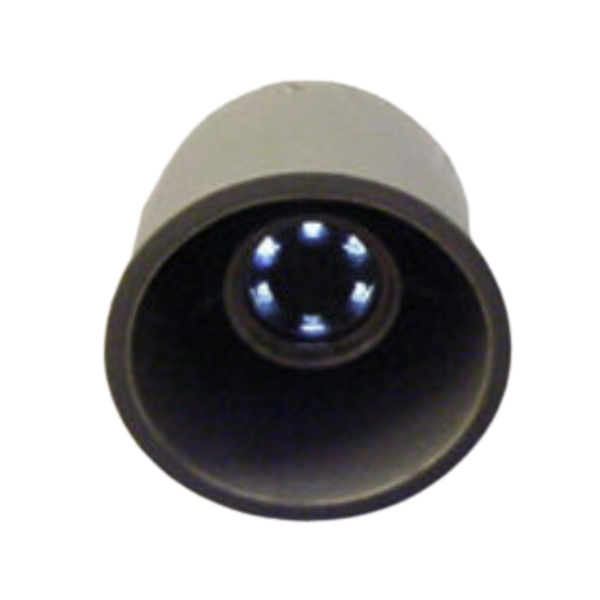JetCam Penetrating Camera
Description
The JetCam is a specialised underwater camera system with the ability to penetrate sediment to provide a a clear view of objects laying on the underlaying seabed strata. The prime role of the JetCam is carry out careful investigation of areas that have been determined to contain items of interest such as UXO, items of value or for inspection of buried services such as cables or pipelines.
The unique configuration of the system allows a diver to easily invstigate sediments to 4 metres penetration depth, this is not the system limitation but the practical size of the system for ease of diver operation. The system uses a surface water pump to provide a pressure of water to liquify and displace the seabed sediment, this allows insertion of the JetCam with minimal downward pressure. The liquidised sediment allows the insertion angle of the stem to be changed after insertion; to widen the sub seabed area to be viewed. A compact surface console provides a daylight viewable LCD display and a solid state digital video recorder
APPLICATIONS.
E.O.D – Checking out magnetometer/metal detector responses; or to visually probe likely areas to check for the presence of UXO. To determine ID, actual position and depth of burial of identified targets.
Debris – To determine the presence and nature of buried debris for removal prior to dredging , piling or other forms of penetration or excavation.
Services/Structures – To identify and inspect buried services such as cables and pipelines for routine maintenance purposes. To inspect bridge supports and other structure sections below seabed or riverbed level.
Archeology – An ideal pre-disturbance tool for detailed identification of buried wreck material ahead of recovery operations to aid a focussed recovery operation.
The system is essentially a burrowing probe with an LED illuminated camera integrated into a long rigid pipe of 2.7 metres length; optimised for use to penetrate sand or sediment to a depth of over 3 metres and gravel/sand compositions to a lesser depth. The probe stem is coupled to a flexible hose through which a medium to high pressure flow of water is applied. When vertically deployed, water exiting at the head of the pipe displaces the bed material and allows the probe to burrow beneath the surface; it maintains a liquefied (quicksand) column in which the pipe can easily be manually moved upward or downwards with minimal effort. Penetration to a depth of 3 or more metres (limited mainly by the length of the stem) can be achieved in 10 seconds. A 4HP or 5HP petrol/diesel engine driven “semi-trash” water pump produces the necessary dynamic water pressure.
The JetCam system has been designed to operate with both a diver held video monitor and a topside control console. The console houses a daylight viewing monitor and solid state digital recorder; a panel mounted brightness control allows the level of camera illumination to be optimised. The rigid camera tube has a cable passing along its length; the cable passes through an exit gland and terminates in a waterproof junction.


